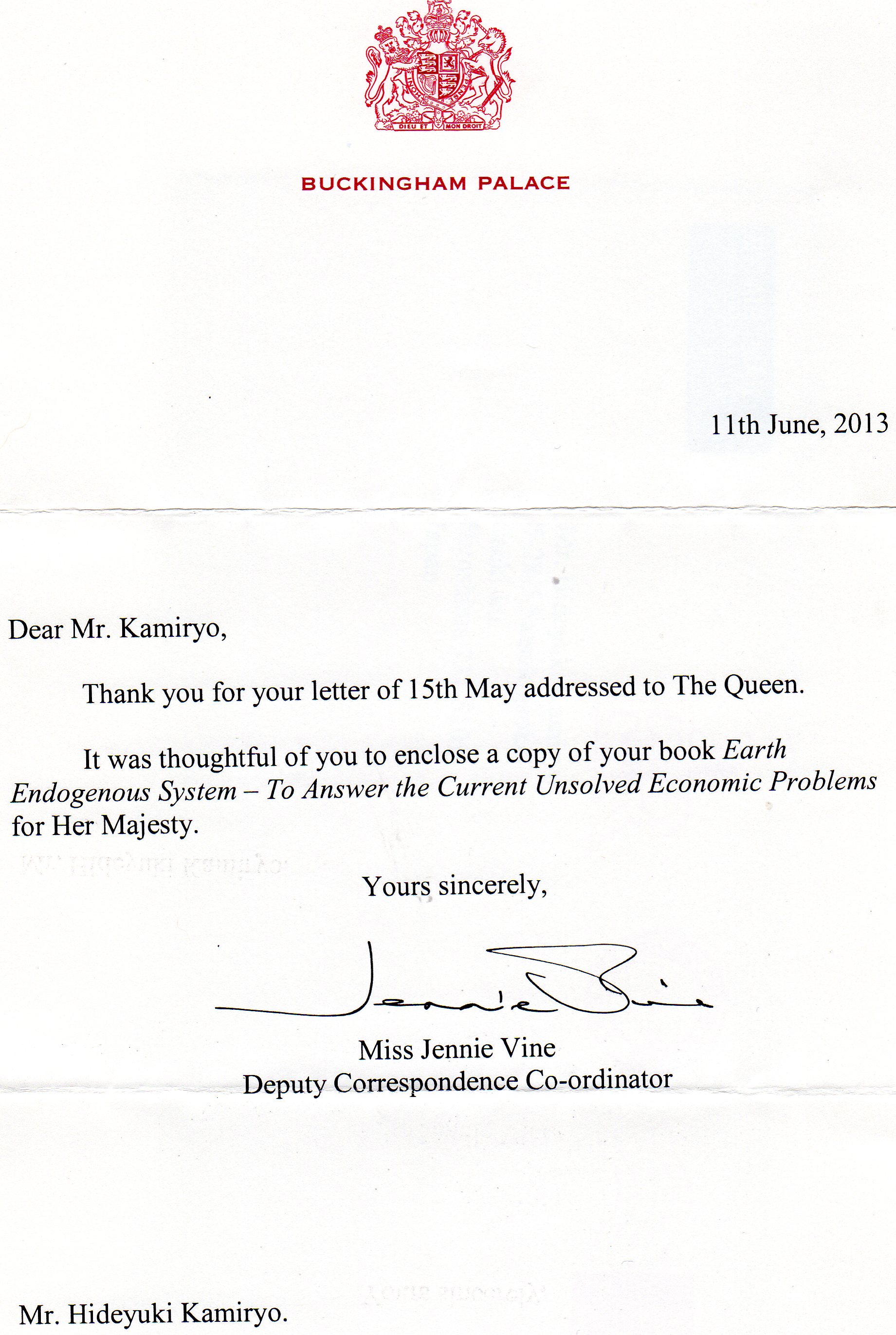Earth Endogenous System: To Answer the Current Unsolved Economic Problems
Abstract
- Earth Endogenous System?(hereunder, the EES) is perfectly economic policy-orientation while a system for national accounts (the SNA, 1993, 2008, the UN) and other international organizations (e.g., OECD, EU, ILO, and so on) are all records-orientation. The author proves in the EES a fact that policy-orientation and records-orientation cannot overlap/coincide, except for endogenous data =actual data in the EES as an ideal case.
- The EES proves its justification by establishing KEWT (Kamiryo Endogenous World Table) database series, with recursive programming=calibration that tests the transitional path for hundreds of times, by year of KEWT. Original data of KEWT come from International Financial Statistics Yearbook (IFSY), IMF: 10 from real assets and 15 from financial/market externals by year, commonly by country, over 86 countries in KEWT.
- The EES is solely based on the endogenous-equilibrium but, robustly reinforces the market principles under the price-equilibrium prevailing in the world and, reveals whatever the market principles cannot disclose due to the property of absolute price by goods and services, so called vertical or as the warps of cloths (methodology/container solely used for policies). It implies that equilibrium is a common base for estimate/measure/forecast.
- These facts imply that theory=practice, or endogenous=theoretical=practical data, and causes=results=forecasts simultaneously, beyond space and time and that statistic/actual data are always within a certain range of endogenous data since original data come from IFSY. As a result, the EES does not need data analysis or econometrics, whose methodologies have been developed by years. Policy-makers improve a set of seven endogenous parameters hidden in a discrete Cobb-Douglas production function. And actual data approach endogenous data under full employment with no inflation (here, deflation is minus) under perfect competition.
- The EES presents cooperative methods to solve the current unsolved economic problems by "learning by doing". Inflation/deflation, assets-bubbles, unemployment, macro-inequality are all related and could be steadily solved by using the navigator of the EES based on the real assets of IFSY. Typically, the maximized profit principle is measured numerically by-sector (government and private sectors, just before redistribution of taxes in the SNA). The rate of return maximized with net investment minimized is most modest when deficit is zero, whose base was earlier mathematically proved by Samuelson (1937, 40-42).

REF May Issue, 2019 included by RePEc now
All the papers in the latest May Issue of REF are included by Research Papers in Economics (RePEc):
https://ideas.repec.org/s/bap/journl.html
Read more

REF May Issue, 2019 released online-first
Review of Economics & Finance releases its May Issue online-first in advance before this Easter Day.
The Print version will be available in this May, as scheduled.
To read the quality new articles, please go to
Read more

Top paper of REF, 2018
Congratulations to Prof. Francesco Campanella, Prof. Mario Mustilli, and Dr. Eugenio D'Angelo!
Their high-quality paper entitled "Efficient Market Hypothesis and Fundamental Analysis: An Empirical Test in the European Securities Market" published in Review of Economics & Finance got the Top paper of REF, 2018.
Read more

